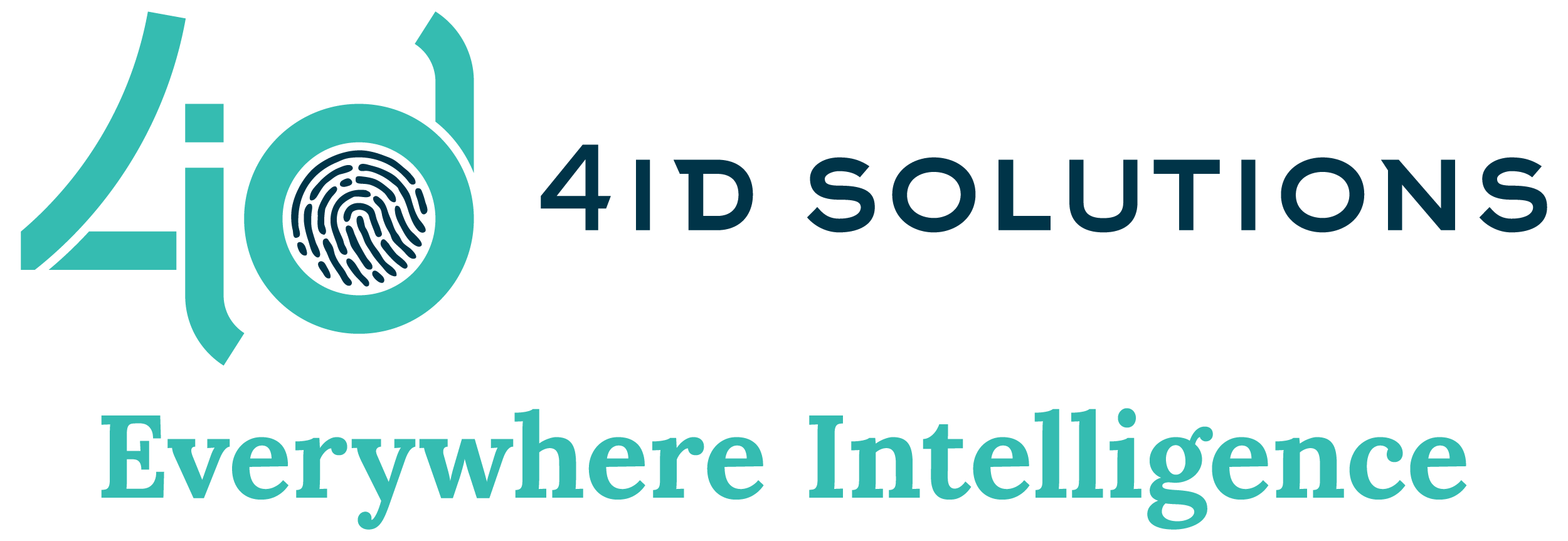What the RFID? FAQ's
What is RFID?
RFID (Radio Frequency Identification) is a powerful and proven technology that grants businesses the capabilities to wirelessly connect to all manner of things, to provide information on the identity, location, and authenticity of any person or item – securely and accurately, with minimal human intervention.
A system comprises three main components – an RFID tag, a reader, and a computer or software system that co-ordinates and stores captured data. Using radio frequency waves, tags transmit the data to readers, which then send it on to the RFID system where it is recorded and decrypted.
A smart and secure technology that is used to enable sophisticated automation, authentication and location capabilities that help reduce costs, mitigate risk and loss, and ensure security and compliance requirements are met.
What is an RFID Inlay?
The RFID chip, tag antenna and substrate on a film face.
If the substrate has adhesive it’s a ‘wet inlay’. Without adhesive it’s a ‘dry inlay’.
What are 5 key benefits of RFID?
Operational efficiencies
Increased person/product visibility
Improved traceability
Anti-counterfeit/security
Mitigate risk & loss
Why is RFID better than a barcode?
Does not require line of sight
Can record information beyond simply the SKU
Greater read range
A barcode is easily replicable, whereas an RFID chip can’t be copied
Reusable
What is the difference between UHF & HF ?
Ultra High Frequency
Read Range: Up to 15m
Applications: Inventory Control, Logistics, Labelling, Customer Experience,
4id Solutions Products: Labels, Tags, Wristbands
High Frequency
Read Range: Up to 10cm
Applications: Pharmaceutical Manufacturing, Anti-Counterfeit, Patron Identification, Contactless Transactions, Access Control, Livestock Tracking
4id Solutions Products: Labels, Wristbands
What are the 3 main parts of the RFID System?
Every RFID system is made up of three components: a scanning antenna, a transceiver and a transponder. When the scanning antenna and transceiver are combined, they are referred to as an RFID reader.
What are the requirements to get started with RFID?
RFID tags/inlays
Hardware (readers)
Software access system
Antennas
Cables
What are examples of RFID?
Inventory tracking
Control access
Tracking tools
Staff and patient tracking
Tracking disposable consumables
Laundry tracking
Animal tracking
Tracking high value/large items
What is the difference between RFID and GPS Tracking?
RFID uses a reader that transmits a radio frequency to signal to an RFID tag.
GPS uses a signal processor to receive satellite signals and calculate positioning.
What is the difference between RFID and Bluetooth/BLE?
RFID systems communicate between an antenna or reader and a tag attached to an object.
Bluetooth technology transmits between two bluetooth compatible devices.
What is the set up cost for RFID?
The cost to implement RFID will depend on the scope and size of the project and the environmental conditions. For example the cost to outfit a large, complicated warehouse with readers and gateways will be greater than the set up for a smaller operation.

